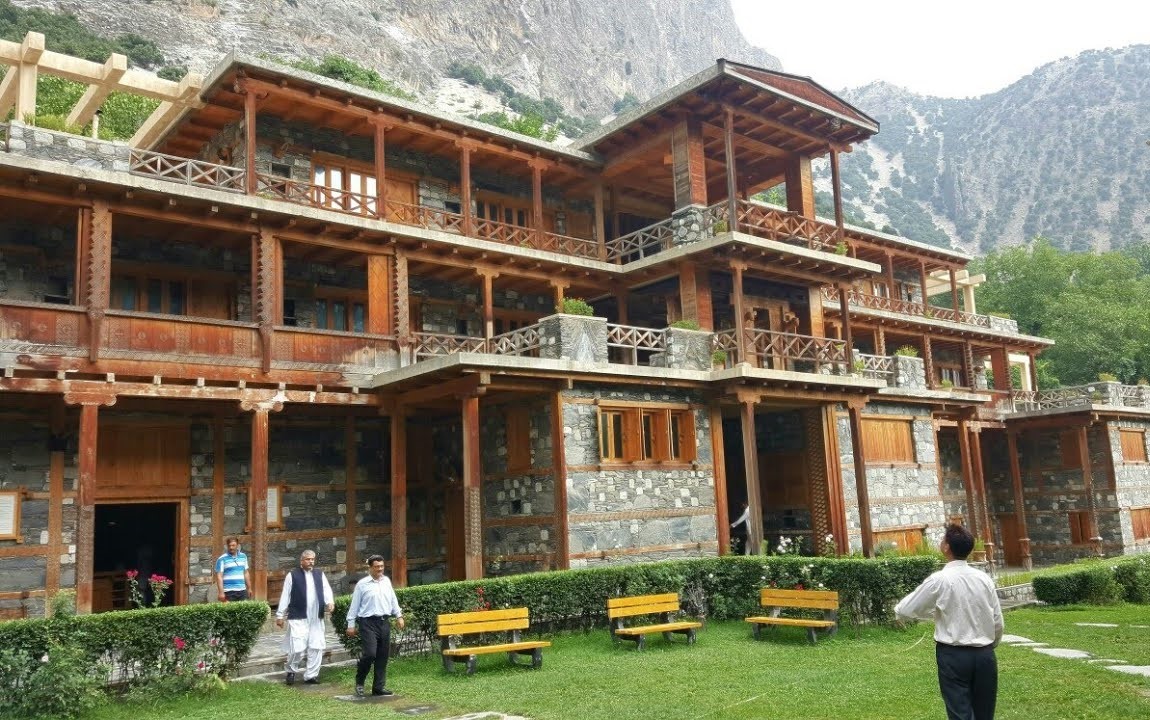
Chitral, a serene and picturesque town nestled in Pakistan’s northern region, is not only known for its stunning landscapes but also for its rich cultural heritage. This small town is a treasure trove of historical landmarks, each telling a unique story of the region’s past. Whether you’re a history buff or a cultural enthusiast, Chitral has plenty to offer. Here are some of the must-visit cultural sites in Chitral that will take you on a journey through time.
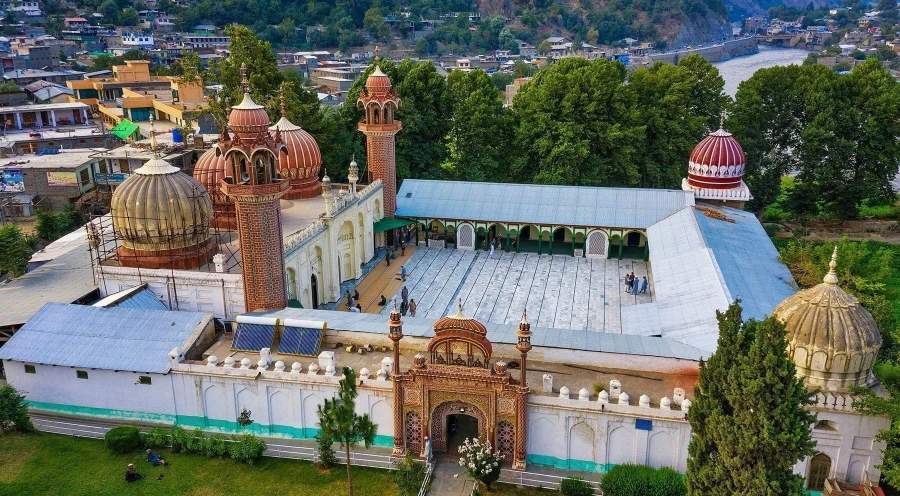
The Shahi Masjid, also known as the Royal Mosque, is a magnificent structure built in the early 20th century by the Mehtar of Chitral, Shuja Ul Mulk. Its white marble façade, traditional Islamic architecture, and intricately designed domes make it a must-see landmark for visitors. The mosque not only stands as a place of worship but also as a symbol of Chitral’s royal heritage.
While exploring the mosque, you’ll be captivated by its serene atmosphere and stunning architecture, which blends traditional craftsmanship with the unique charm of the region. Whether you’re interested in its historical significance or simply want to admire its beauty, the Shahi Masjid is a cultural highlight of Chitral.
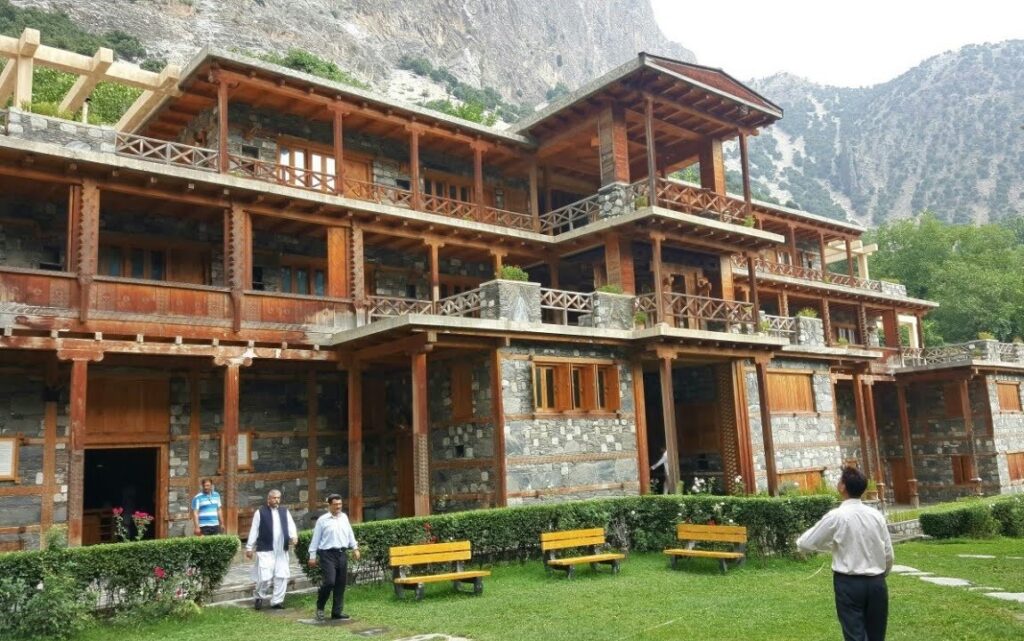
Chitral may be small, but its museum offers an impressive collection of artifacts that reflect the town’s diverse cultural heritage. The Chitral Museum is divided into two sections: the Ethnological Gallery and the Archaeological Gallery. The Ethnological Gallery showcases traditional clothing, jewelry, and everyday items from the region’s past, giving you insight into the daily life of the people of Chitral.
In the Archaeological Gallery, you’ll find relics dating back to the Gandhara period, including pottery, sculptures, and other historical items that demonstrate the influence of ancient civilizations on Chitral. This well-stocked museum is a hidden gem and offers a comprehensive look at the region’s history and cultural evolution.
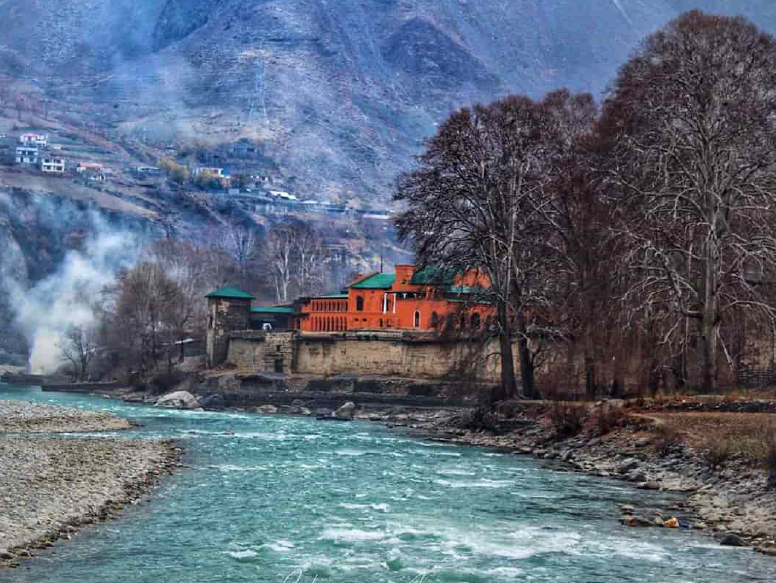
The Chitral Fort, a well-preserved late medieval fortification, stands as a symbol of the town’s strategic importance and turbulent history. This fort, built with traditional materials, played a key role in the infamous Siege of Chitral in 1895, when British forces and Chitrali troops defended the fort during a long and grueling siege.
Walking through the fort, you’ll step back in time and experience the powerful sense of history embedded in its walls. The fort’s location offers panoramic views of the surrounding valley, making it not only a historical site but also a fantastic viewpoint for visitors. It remains one of Chitral’s most significant landmarks and is a must-visit for anyone interested in the region’s military history.
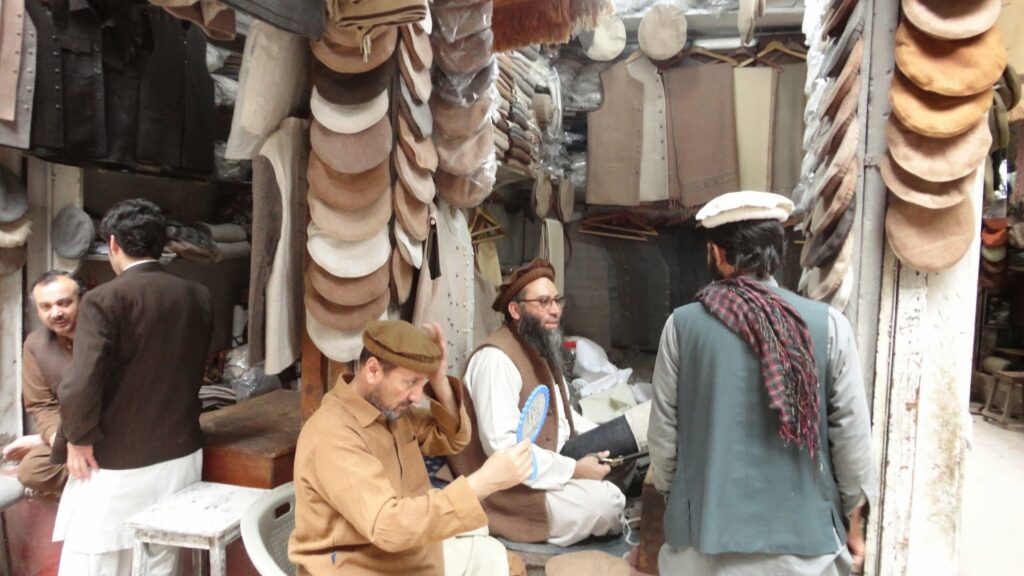
In addition to these historic landmarks, Chitral is home to a traditional Central Asian bazaar, which still holds the old-fashioned charm of a Silk Road market town. Walking through the narrow lanes of the bazaar, you’ll find an array of goods, including traditional clothing, handicrafts, and locally made products. This bustling marketplace is a perfect spot to soak in the culture, interact with locals, and get a glimpse of life in Chitral.
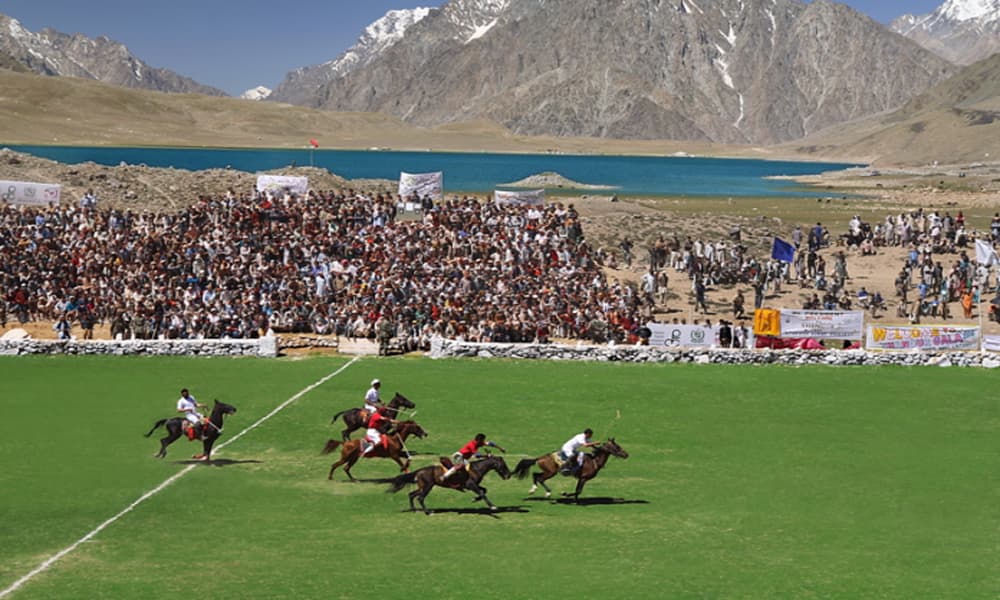
Chitral is also known for its polo field, which remains in active use today. Polo is a significant part of Chitral’s cultural identity, and the town is famous for its traditional style of polo, played without formal rules. If you’re lucky enough to visit during a match, you’ll witness an exciting display of skill and sportsmanship in a game that has been a part of Chitral’s heritage for centuries.
Chitral is more than just a destination for nature lovers; it’s a place where history, culture, and tradition come together to offer an enriching experience for visitors. From the grand Shahi Masjid to the fascinating Chitral Museum and the storied Chitral Fort, there’s no shortage of cultural sites to explore. Whether you’re wandering through the old bazaar or watching a lively polo match, Chitral will transport you to a time when it was a bustling hub on the Silk Road.